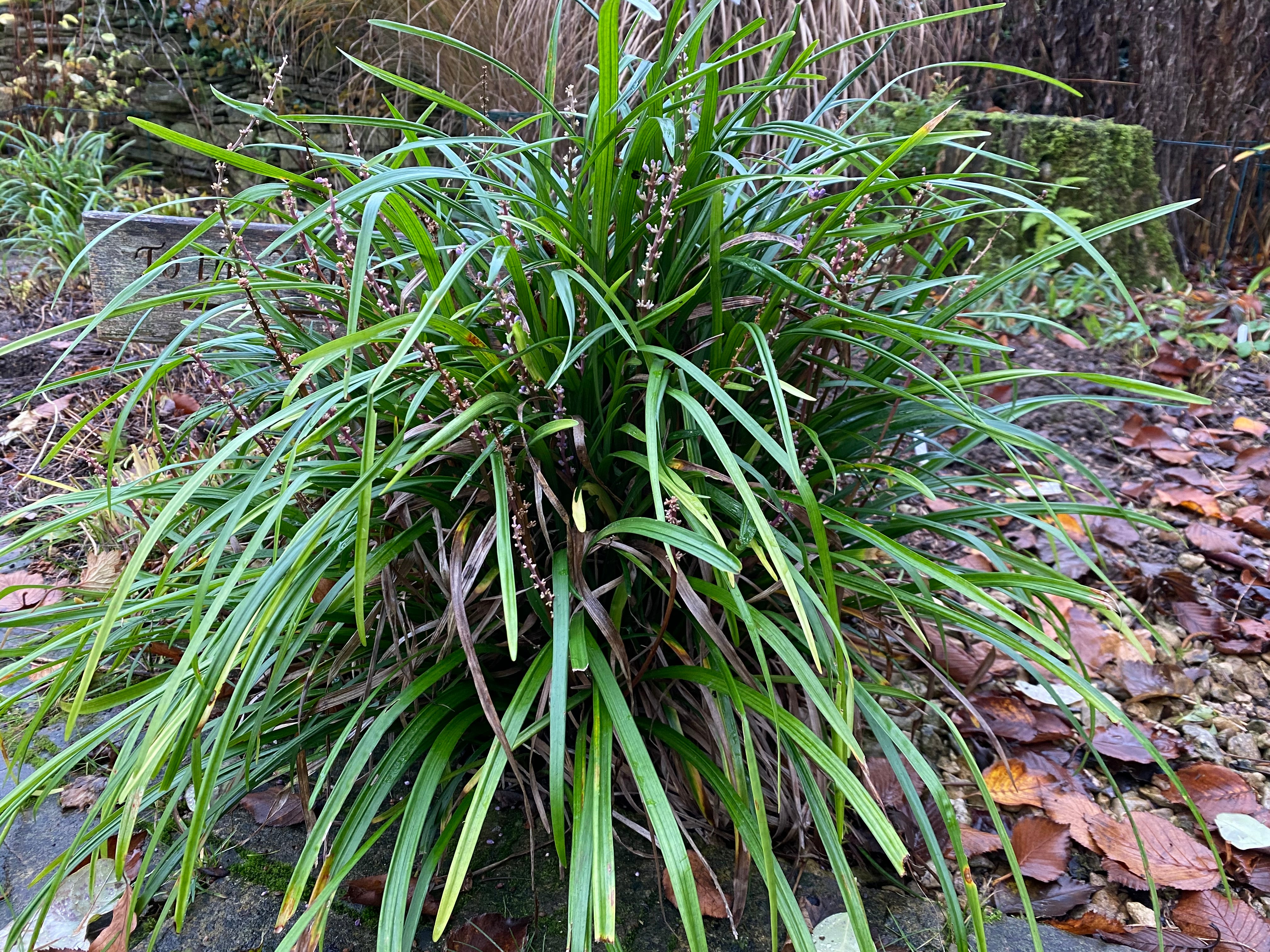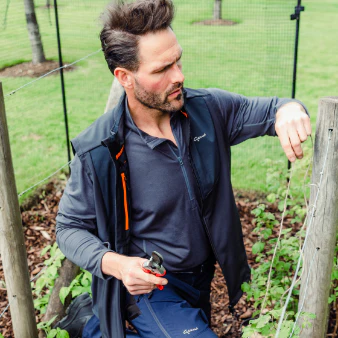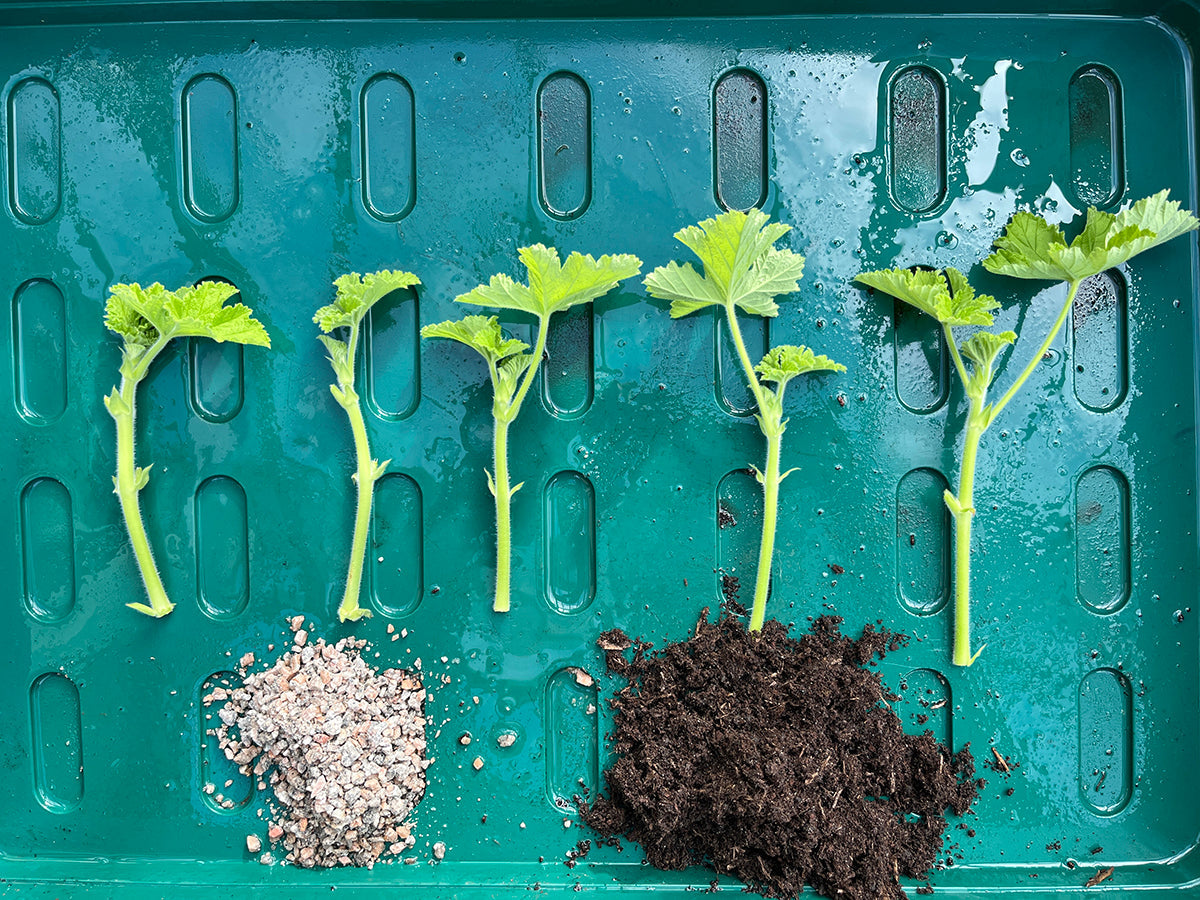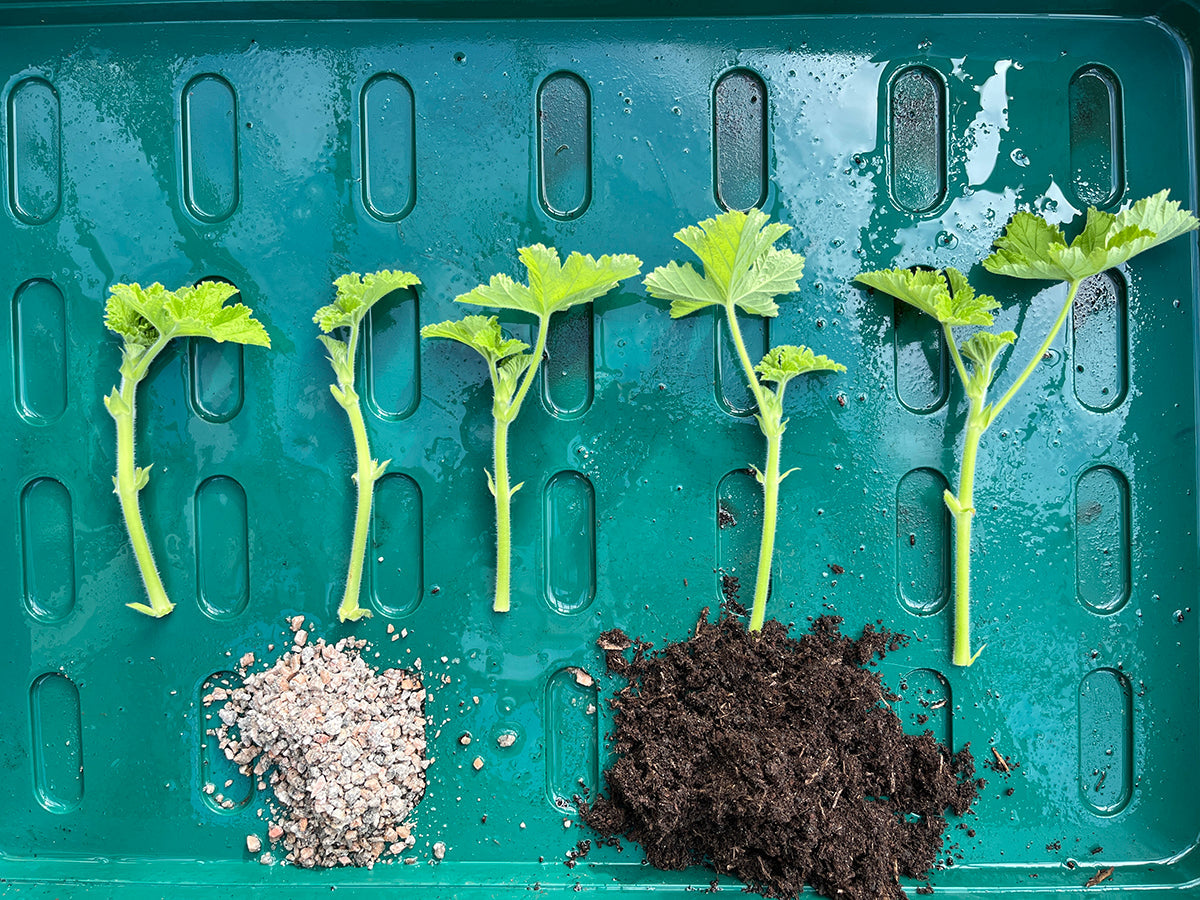Garden trends - low maintenance gardens

Low maintenance gardens are ever popular in our busy world. A design that includes good structure with plants and materials that don’t need much upkeep will avoid the garden looking unkempt over the winter.
When choosing patio materials, stone that isn’t too porous such as York stone will avoid algae and staining. Porcelain is increasingly popular and relatively easy to clean - although avoid pale colours which show up dirt. Other newer materials on the market include composite decking, which doesn’t require painting or sealing, unlike wooden decking, and artificial grass, which is popular with families who want to use the garden all year round.
With planting, good evergreen structure will keep maintenance down. Tough evergreen plants such as fatsia for structure, or Liriope muscari for ground cover, will look after themselves. Hebe rackaiensis and Pittosporum ‘Golf Ball’ are ball-shaped shrubs that need little pruning, while lavender has useful grey foliage over the winter as well as fab summer flowers.
Interplant your shrubs with perennials for colour, opting for plants such as Erysimum ‘Bowles’s Mauve’, which keeps going from February to October. Disease- resistant, repeat-flowering roses need little upkeep apart from deadheading and annual pruning. Multiple grasses with a limited palette of perennials look good for most of the year with little maintenance apart from being cut down in February.











